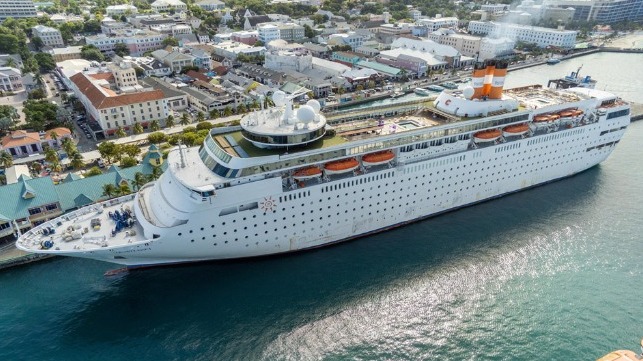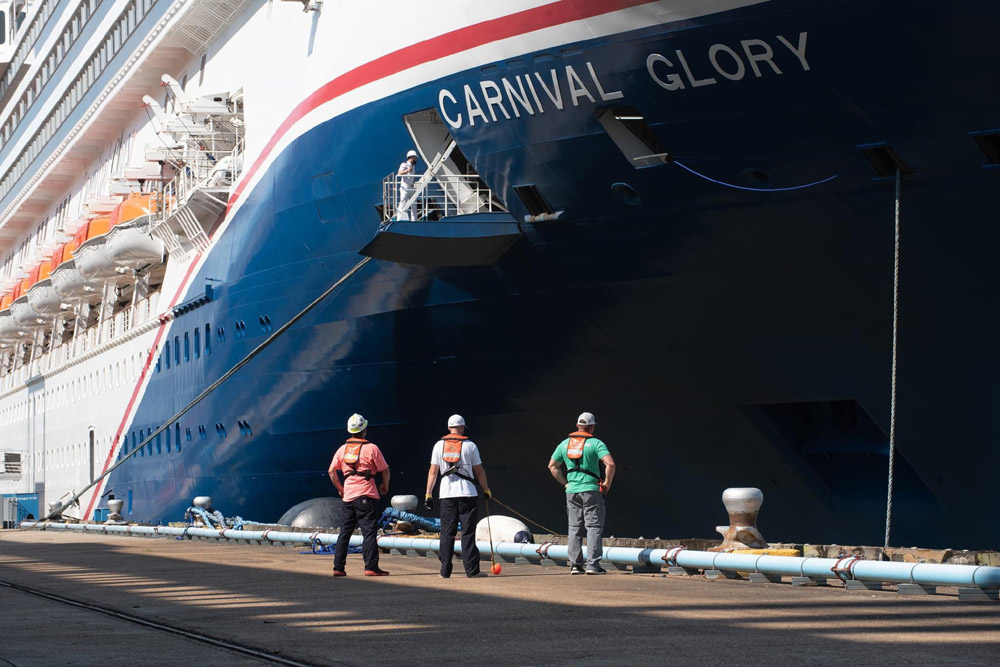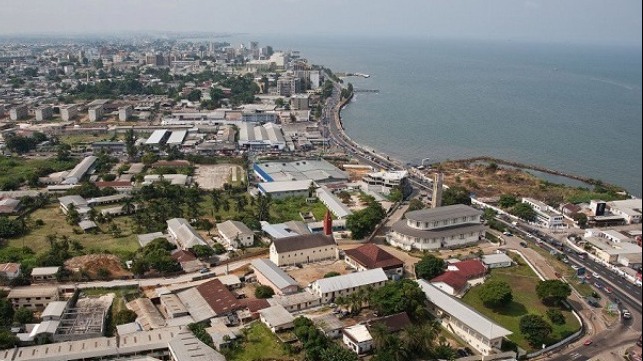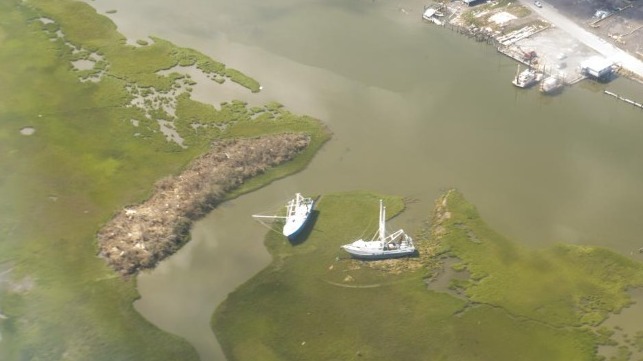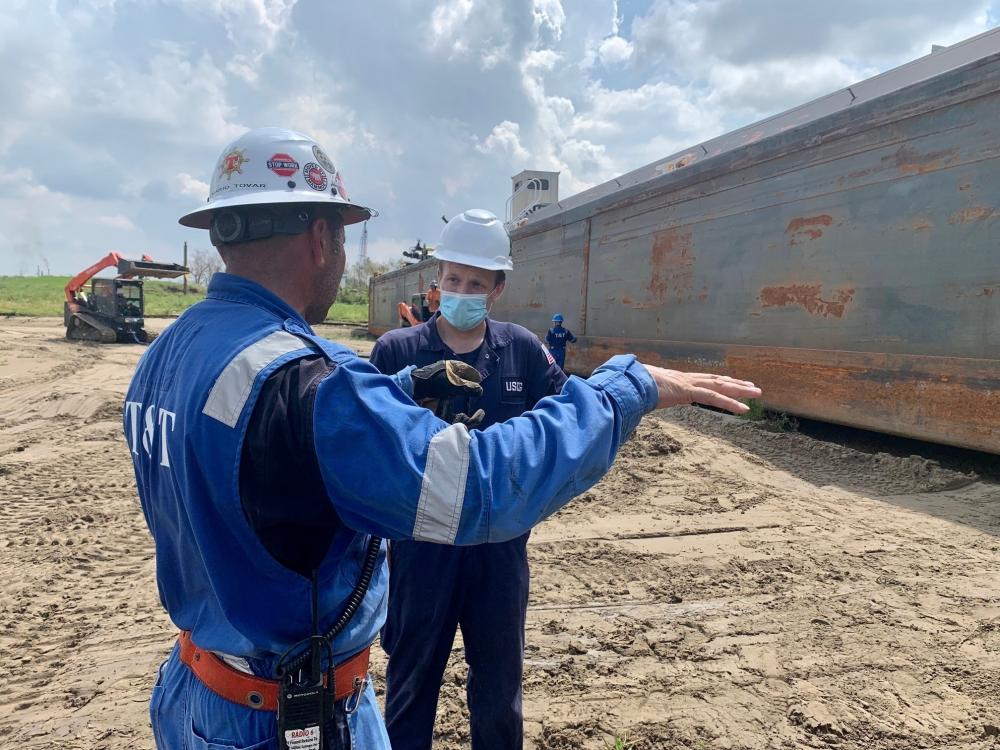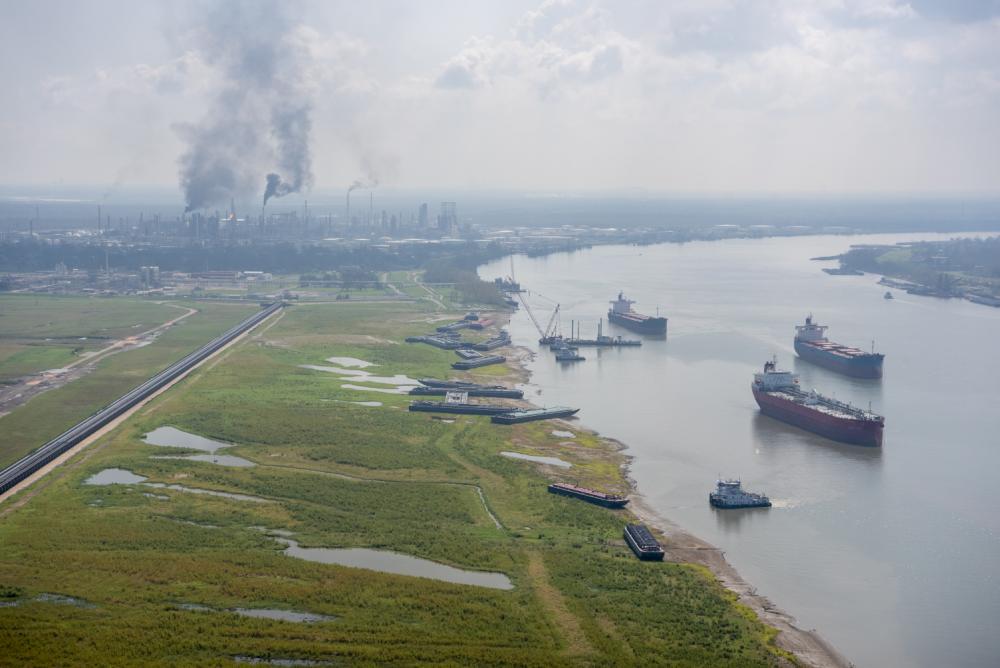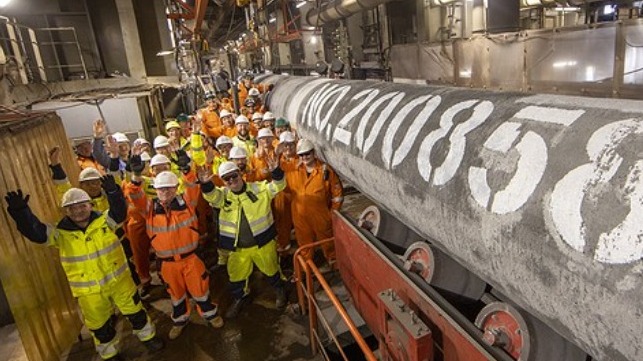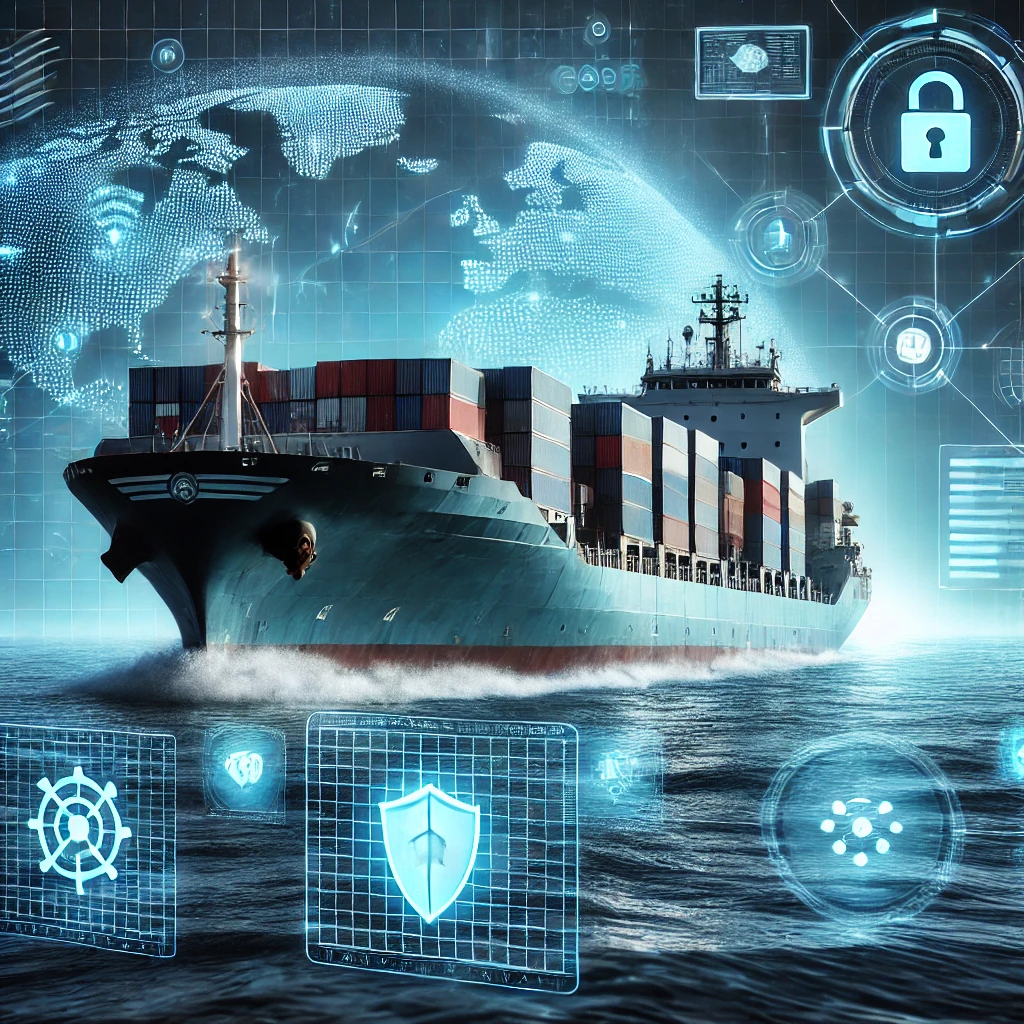Lloyd’s Register (LR) and Inmarsat have announced an industry-first collaboration between a satellite communications provider and classification society to provide a connectivity solution that will address challenges experienced during remote surveys.
The new solution uses LR Remote, a specifically engineered application for remote inspection that enables crew members to livestream video, photos and audio from on board a ship to an LR technical specialist located elsewhere and will be empowered by Inmarsat’s Certified Application Provider (CAP) dedicated bandwidth service called Fleet Connect, available on the Fleet Xpress digital platform.
Fleet Connect provides an uninterrupted dedicated satellite link between vessels and seafarers, offering users function-specific bandwidth that is independent of business-critical vessel operations or crew communications. With no additional communication hardware required to run this application, the separation allows LR Remote to be enabled remotely without any intervention on-site.
Fleet Connect’s dedicated bandwidth is secure and reliable, meaning it can increase the potential of remote surveys on vessels where connectivity restraints have previously limited its use. This approach provides flexibility and 24/7 availability which enables surveyors to perform surveys efficiently using a blend of techniques, reducing the impact of unexpected situations on vessel operations, where surveyors and crew can quickly navigate problems using remote technology.
The new solution is another step towards digital class, opening opportunities for future uses of vessel data in demonstrating compliance and driving deeper insight into vessel efficiency and fleet optimisation. The solution is currently being piloted by LR and Inmarsat with clients specialising in gas carriers and bulker carriers.
“Connectivity is a significant enabler in the digitalisation of the maritime industry. Both Lloyd’s Register and Inmarsat have a mutual goal of unlocking the true potential of technology, thereby transforming remote compliance and enabling digital class. This collaboration ensures our vast certification expertise is accessible anywhere it is needed and demonstrates Lloyd’s Register’s commitment to our clients and to the wider industry in safely navigating shipping’s digital transformation,” said Mark Darley, LR Marine and Offshore Director.
“Inmarsat is delighted to work with Lloyd’s Register on this first-of-its-kind solution, which addresses a specific industry challenge,” said Alberto Perez, Director, Strategy and Business Development, Inmarsat Maritime. “With Fleet Connect’s dedicated connectivity running on the digital Fleet Xpress platform, we can assure high speed uninterrupted access so that remote surveyors are guaranteed a solution that is always available and always reliable when it is most important.”
This collaboration follows increased uptake in remote services throughout the COVID-19 pandemic as access to ships and assets became more challenging. LR has offered remote survey capability for many years, and now, 1 in 3 of the 30,000+ surveys LR performs each year is completed remotely. Subsequently, in May 2020, LR introduced a team of a global team of remote survey champions to support remote surveys within the marine and offshore industries.







